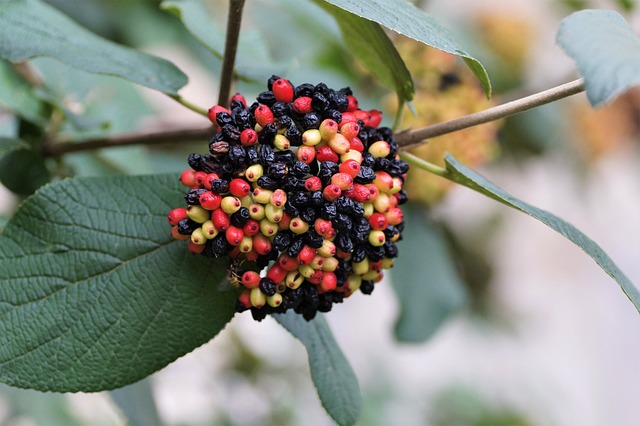What is Plant Grafting and How is it done?
Simply defined, Plant grafting is an artificial technique of joining two plants using any of these parts-stem, root, branch or even a bud. The two parts are then tightly bound together using grafting tape to ensure they remain in as close contact as possible so that they can exchange nutrients and the plant can continue growing. It may take months for the grafting line- the line where the two plants are visibly joined- to heal and regenerate itself and after that happens, a new plant variety is formed that is entirely unique and not found in nature otherwise. It is commonly practiced in agriculture and garden management to obtain unique flower arrangements or increase fruit variety. Grafting is usually done to attain the desired qualities of two different plants into one.
Grafting requires a rootstock– the portion of the root of one plant present underground and a scion– any portion of the second plant that will be attached to the rootstock. The choice of scion should be one that has the wanted or desired qualities needed to be replicated such as the ability to bear juicy fruit or vibrant flowers.
For instance we can consider grafting the rootstock of a plant species known for its huge but tasteless fruit with the scion of a species known for its juicy but small sized fruit. After being grafted together, the new plant will produce a fruit that is large as well as juicy.
Once the rootstock and scion are in contact, they need to be bound as close as possible using a grafting tape to ensure nutrient exchange between the two parts of the plant continue until it is healed. However, grafting success is dependent on the compatibility of the rootstock and the scion. For efficient plant grafting it must be ensured that plants that are closely related are used.
Techniques of Plant Grafting
The traditional grafting method is that of ‘Cut Grafting’ where the cuttings (rootstock and scion) are brought into contact with each other and are sealed. However, there are several other grafting techniques available that can be used. Those include: a) Cleft grafting b) Crown Grafting c) Splice grafting d) tongue grafting e) approach grafting.
For further information on plant grafting techniques you may also want to check out: Plant Grafting Techniques – Traditional and Modern Methods
Use of Plant Grafting
Grafting is used for purposes greater than just producing fragrant, vivid variety of flowers or trees bearing the perfect fruit with the desired taste, size and color. It is also used when large sized plants or trees need to be replicated at a small scale, to produce small shrubs and plants for décor purposes or for gardening. It is also used as a treatment for aiding the healing process of injured plants and to improve the resistance of a weaker plant against diseases by grafting it with a plant that is already proven to be resistant. In the cases where loss of plant species occurs, grafting allows for introducing variety and increasing the biodiversity. Its major use however is the cultivation of two plant species to make a hybrid species that contain the desired qualities of both which otherwise would not be possible naturally.
You might also like: 10 Indoor Plants For Improving Indoor Air Quality At Home
Importance of Plant Grafting
Importance of Grafting can be highlighted by the fact that in the face of climate change induced regional loss of plant life due to significant temperature changes that would cause the plants great stress; grafting those plants with those already present in tropical or arid regions will improve their capacity to bear the heat and therefore increase their survival rate.
Furthermore, grafting is a great tool for growth control of certain plant species like roses and juniper which results in the elimination of plants with undesirable qualities such as for example, roses with no fragrance, dull petals, unsymmetrical arrangement etc. grafting is an important technique in agriculture because it provides us with an artificial/asexual method of producing plant species and varieties that otherwise would never exist. It is essentially a choose and combine technique employed to gain the maximum benefits to one’s liking such as plants that are more disease and pest resistant, possess qualities that would help them in surviving adverse climate conditions and combat stress factors.
Additionally, grafting when done successfully can also improve the yield and quality of crops drastically, lead to cheaper and less time consuming production of crops. Compared to natural plants, grafted plant species usually show more uniform color, size and quality along with richer flavor. All of these things together have cemented grafting as a highly useful technique in agriculture that continues to benefit us.
Also check out: 10 Plants That You Can Grow In Water At Home
We hope you liked this post! Please comment below if you have any suggestions, comments or feedbacks! We at #envpk love hearing from readers! Thanks!




